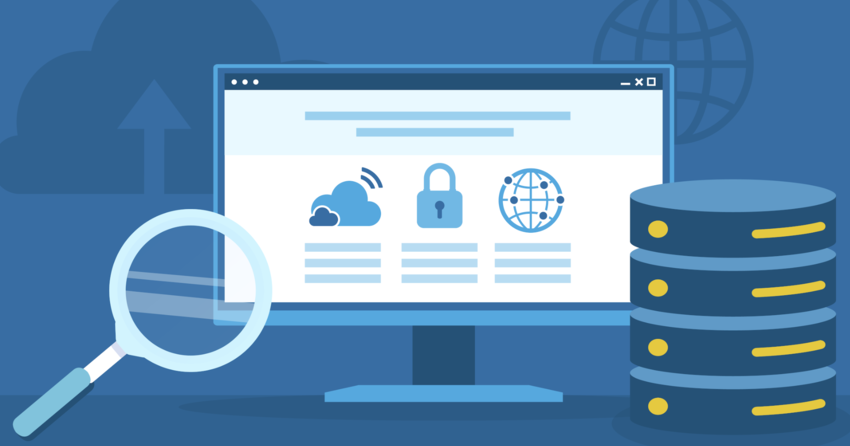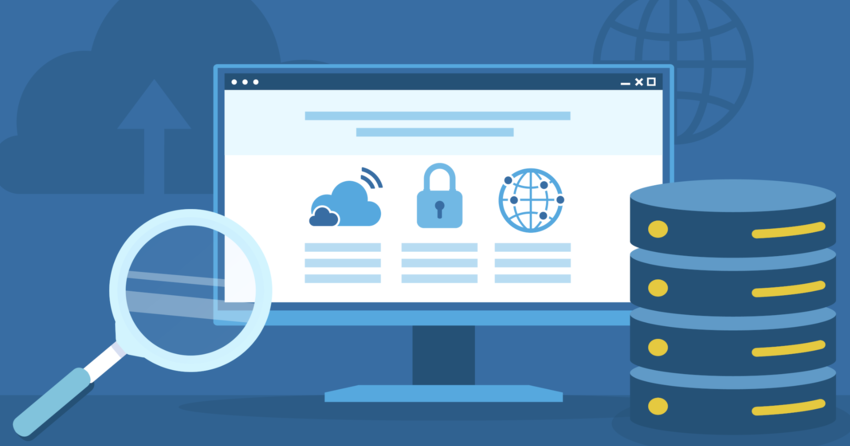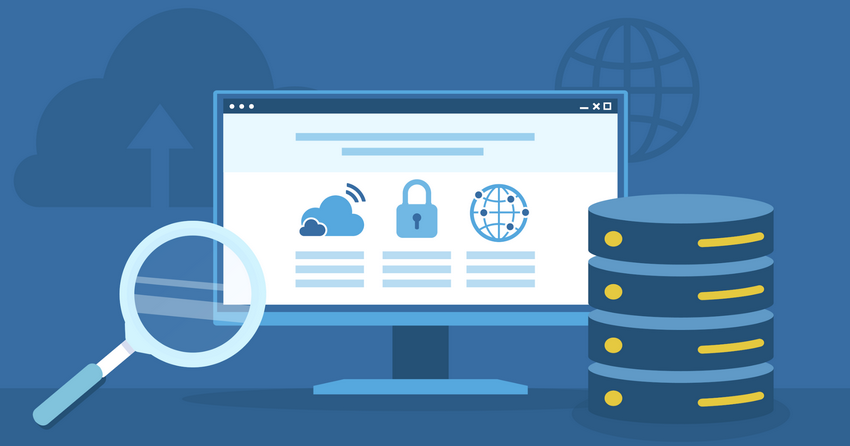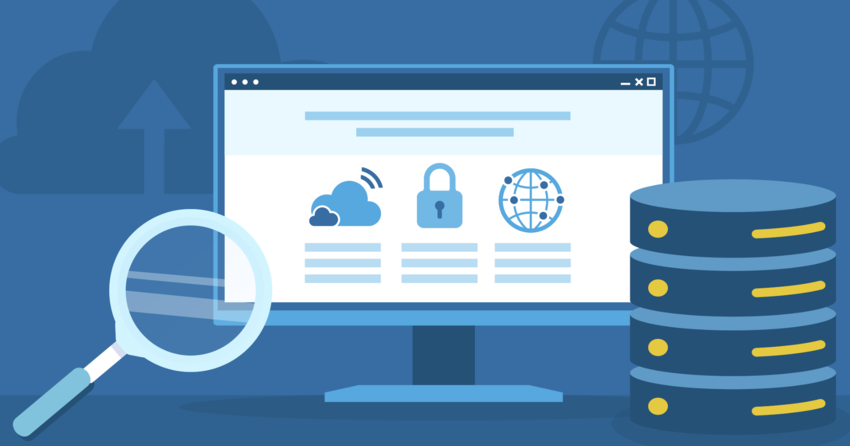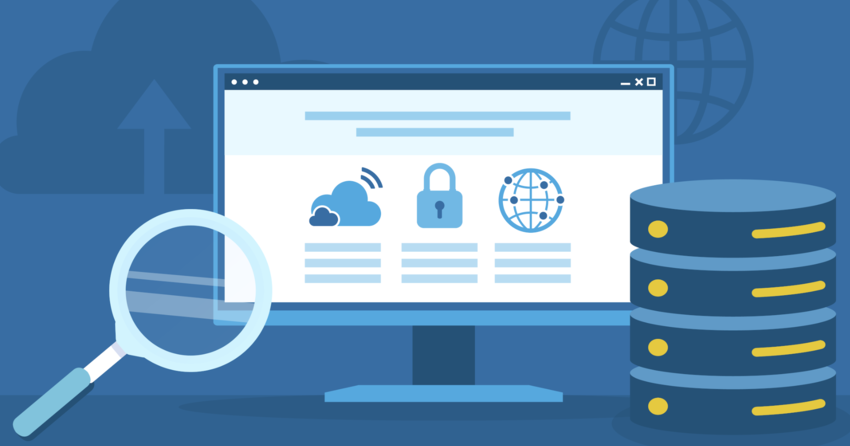Inside this Article
Definition of Cache
Cache is a high-speed data storage layer that stores a subset of data, typically transient in nature, so that future requests for that data can be served faster than is possible by accessing the data’s primary storage location. Caching allows you to efficiently reuse previously retrieved or computed data. The data in a cache is generally stored in fast access hardware such as RAM (Random Access Memory) and may also be used in correlation with a software component. When data is found in the cache, it is a “cache hit”, and the data is read from the cache, which is quicker than recomputing the result or reading it from a slower data store. If the data is not found, it’s a “cache miss”, and the data must be recomputed or fetched from its original storage location, which is slower. A well-tuned cache aims to maximize hits and minimize misses.How Does Caching Work?
Caching is based on the locality of reference principle: recently requested data is likely to be requested again. They are used in almost every layer of computing: hardware, operating systems, web browsers, web applications, and more. When an application receives a request for data, it first checks the cache. If the data exists in the cache (a cache hit), the application returns the cached data. If the data doesn’t exist in the cache (a cache miss), the application retrieves the data from its original source, stores a copy in the cache, and returns the data. Future requests for the same data are then served from the cache, reducing the time and resources needed to fetch the original data. Cache systems utilize algorithms to determine what data to store and for how long. Common caching algorithms include LRU (Least Recently Used), LFU (Least Frequently Used), and FIFO (First In, First Out). These help optimize cache performance by discarding less frequently or recently used items.Types of Caches
Caches can be found at various levels in computing systems, each serving a specific purpose. Some common types include:- Browser Cache: Web browsers maintain a cache of web page data like HTML, CSS, JavaScript, and images. This reduces network traffic and speeds up page loading for frequently visited sites.
- DNS Cache: DNS (Domain Name System) data is often cached by operating systems and DNS servers to reduce the time needed for DNS lookups, thus speeding up internet navigation.
- CPU Cache: Modern CPUs contain small amounts of very fast memory used to store frequently accessed data and instructions, avoiding slower access to main memory.
- Disk Cache: Operating systems may use a portion of main memory (RAM) as a disk cache, storing frequently accessed data from the hard disk. This significantly speeds up disk read/write operations.
- Application Cache: Applications may maintain their own caches of frequently accessed data, computations, or even full HTML responses in the case of web applications.
- CDN Cache: Content Delivery Networks (CDNs) use geographically distributed caches to store copies of web content closer to end users, reducing latency and network traffic.
Benefits and Challenges of Caching
The main benefits of caching include:- Improved Performance: By serving data from a cache closer to the requester, applications can respond much faster, leading to improved user experience.
- Reduced Network Traffic: Caches reduce the amount of data that needs to be transmitted across the network, thus reducing network traffic and associated costs.
- Reduced Database Load: By serving frequently accessed data from a cache, the load on backend databases can be significantly reduced, improving their performance and scalability.
- Stale Data: If data in the original source changes but the cache isn’t updated, the cache will serve outdated data. Strategies like TTL (Time to Live) and invalidation help mitigate this.
- Cache Invalidation: Determining when to update or invalidate a cache can be complex, especially in distributed systems with many caches.
- Increased Complexity: Adding caching to a system introduces additional complexity, which can make systems harder to debug and maintain.
Cache Validation and Expiration
Two key concepts in caching are validation and expiration. Validation is the process of checking whether cached data is still current, while expiration involves discarding cached data that’s no longer valid.Some common strategies for cache validation and expiration include:
- Time to Live (TTL): Each cached item is associated with a TTL, a timestamp indicating when the item should be discarded from the cache.
- Cache Invalidation: When data at the source is updated, associated cache entries are explicitly invalidated or updated. This can be done via direct purging of cache entries or via event-driven architectures that notify caches of changes.
- ETag Validation: HTTP ETags allow a client to make a conditional request, where the server only returns the full response if the data has changed since the client’s last request, as indicated by a change in the ETag.
Cache Eviction Policies
When a cache reaches its designated size limit, it must remove (evict) some items to make room for new ones. The strategy used to choose which items to evict is known as the cache eviction policy. Some common policies include:- Least Recently Used (LRU): Evicts the least recently used items first.
- Least Frequently Used (LFU): Evicts the least frequently used items first.
- First In First Out (FIFO): Treats the cache like a queue, evicting the oldest items first.
- Random Replacement (RR): Randomly selects an item for eviction.
Implementing a Cache
When implementing a cache, there are several key considerations:- Cache Size: The size of the cache must be balanced against the resources (memory and compute) available. A larger cache can store more data but also consumes more resources.
- Cache Location: The cache can be located on the client side (e.g., in a web browser), on the server side, or on a separate caching server or service.
- Caching Algorithm: The caching algorithm determines how the cache behaves when it’s full and a new item needs to be cached. LRU, LFU, and FIFO are common choices.
- Invalidation Strategy: The strategy for invalidating outdated or stale data in the cache must be chosen based on the specific requirements of the application.
Cache Performance Metrics
To understand and optimize the performance of a caching system, several key metrics are used:- Hit Ratio: The proportion of requests that are served from the cache. A higher hit ratio indicates a more effective cache.
- Miss Ratio: The proportion of requests that are not served from the cache and must be fetched from the original data source. A lower miss ratio is preferred.
- Cache Size: The amount of data stored in the cache. This is often measured in bytes or the number of items.
- Eviction Rate: The rate at which items are evicted from the cache due to the cache being full. A high eviction rate can indicate that the cache is too small or that the eviction policy is not optimal for the workload.
- Latency: The time taken to serve a request from the cache. This should be significantly lower than the time taken to serve a request from the original data source.
Caching in Web Development
Caching is extensively used in web development to improve the performance and scalability of websites and web applications. Here are some common ways caching is used in the web:- Browser Caching: Web browsers cache static resources like images, CSS, and JavaScript files, reducing the amount of data that needs to be transferred over the network on subsequent visits.
- CDN Caching: Content Delivery Networks (CDNs) cache static and dynamic content in multiple geographical locations. This reduces latency by serving content from the location closest to the user.
- Application Caching: Web applications often cache the results of computationally expensive operations, database queries, or API responses. This can dramatically improve response times and reduce the load on backend systems.
- HTTP Caching: The HTTP protocol includes built-in caching mechanisms through the use of HTTP headers like Cache-Control and ETag. These allow precise control over how and for how long responses should be cached by browsers and intermediary caches.
Cache vs Buffer
Caches and buffers are both used to temporarily hold data, but for somewhat different purposes:- Cache: A cache stores data for future rapid retrieval, avoiding slower access to the original location. It leverages the locality of reference principle to predict which data may be needed again soon.
- Buffer: A buffer stores data in transit between two processing locations or holds output for accumulation before transfer. It aims to smooth out differences in processing speeds and allow asynchronous operation.
Caching Best Practices
To get the most out of caching, consider these best practices:- Cache Frequently Used Data: Focus on caching data that is frequently requested and expensive to compute or fetch.
- Set Appropriate TTLs: Choose TTLs that balance the freshness of data with the benefits of caching. Longer TTLs mean the possibility of staler data but fewer cache misses.
- Invalidate Caches When Data Changes: Ensure that caches are invalidated or updated when the underlying data changes to prevent serving stale data.
- Use Consistent Keys: Use consistent, unique keys for cached items to avoid collisions and to make invalidation easier.
- Monitor and Tune Performance: Continuously monitor cache performance metrics and tune parameters like cache size and eviction policies to optimize effectiveness.
- Consider Cache Layering: Use multiple layers of caching, such as a fast in-memory cache backed by a slower but larger on-disk cache, to balance performance and cost.
- Secure Sensitive Data: Avoid caching sensitive data, or if necessary, ensure it’s encrypted and access is tightly controlled.




